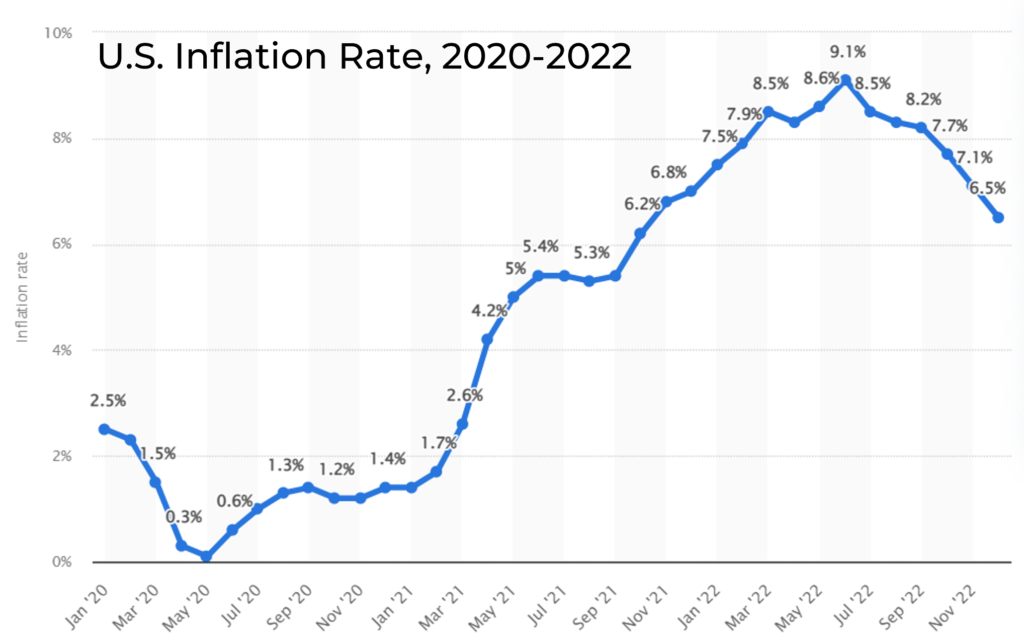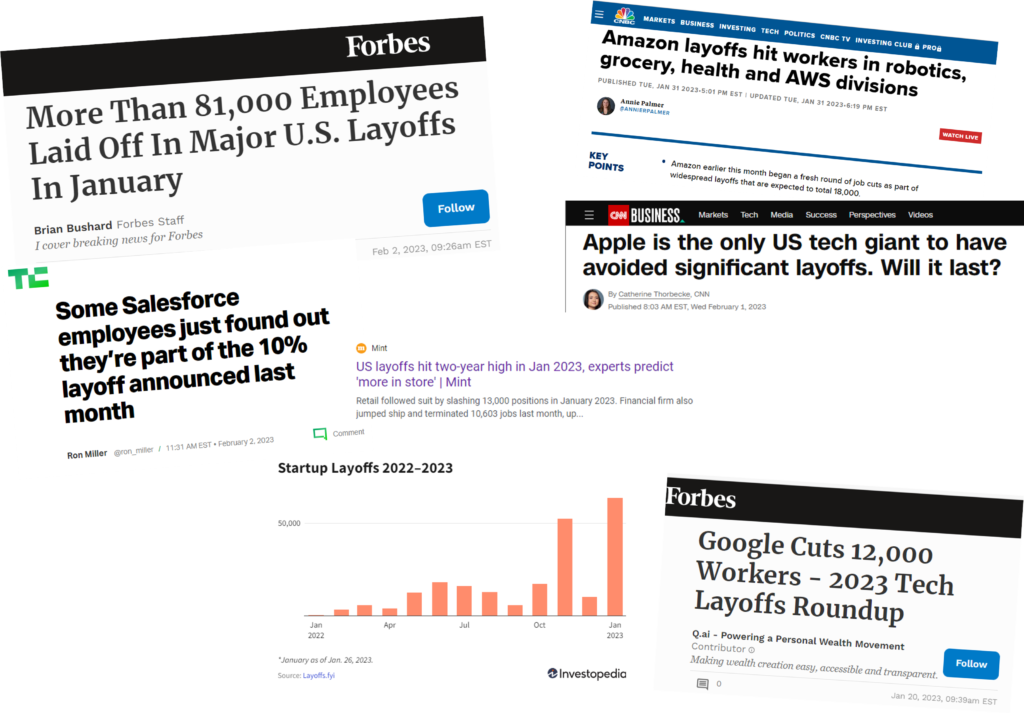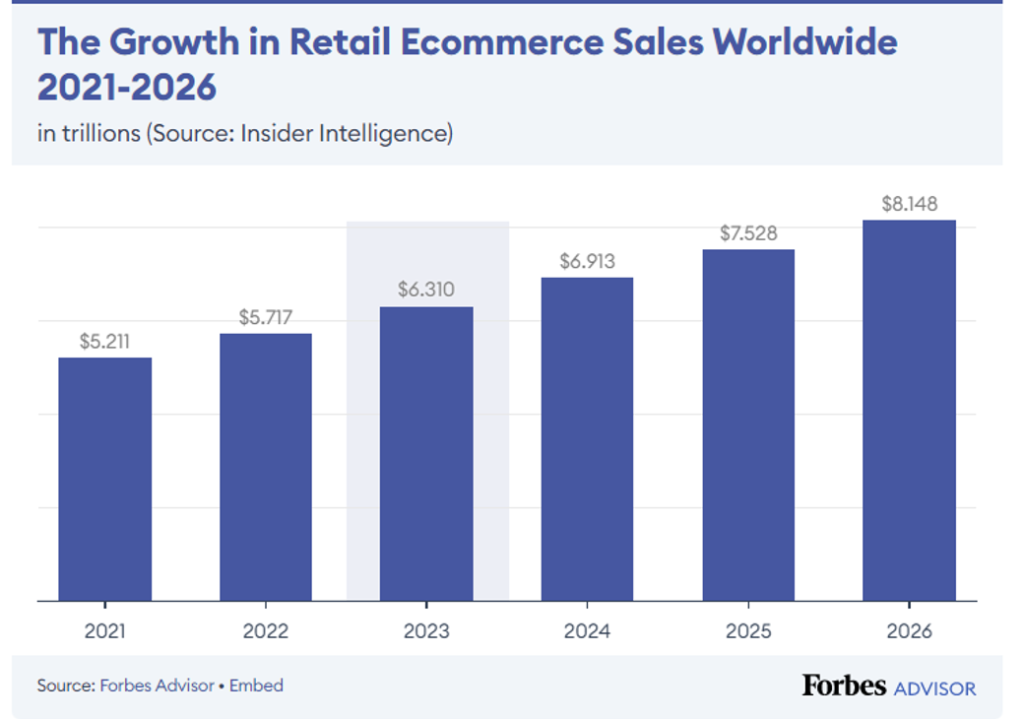T’was about this time last year when we wrote a blog about why we take an eCommerce approach to lead our nonprofit clients to success. The tried-and-true methods employed by companies in the Retail space have achieved undeniable results — and similar success can be realized by nonprofits who take the tactics that work for eCommerce and adapt them to advance their mission.
Now, one eventful year later, we bring you an update on where the world of eCommerce sits, a recap of industry changes in the past 12 months — and how your organization can increase donations more than ever before by following eCommerce’s lead.

THE 2023 NONPROFIT LANDSCAPE
According to charitable research leader Giving USA‘s Annual Report on Philanthropy, the COVID pandemic mobilized donors to give in numbers like never before, reversing a negative trend that lasted for two years after a 2017 peak. After the significant uptick in 2020, inflation-adjusted nonprofit giving trends remained flat in 2021, finishing the year at a total of $484.9 billion.
However, despite maintaining the elevated level of 2020 giving, the overall population of charitable donors declined. In 2000, two-thirds of all U.S. households donated to at least one charity — yet by 2018 that percentage had dropped to exactly half of all HHs. Fortunately, neutralizing this drop were strong showings by Foundational giving (which comprised 15% of all giving — up from 10% in 2001), major gifts and bequests. The wealthy are driving giving, with an +81% year-to-year increase in donations from the $500K-$1.5M household income bracket, according to nonprofit fundraising and marketing agency RKD Group — enough to offset an average drop of -32% among the cumulative $0-$499K HHI brackets.
A question remains: despite the drop in the giving population pool, can total giving maintain its 2020-2021 levels? Unfortunately, we see evidence that it may not be; Jan-March 2022, donations receded -6% versus the same period in 2021, with the trend expected to continue through the year. (Final 2022 giving numbers were not yet available at the time of this blog.)

PANDEMIC-FUELED eCOMMERCE STAFFING….AND LAYOFFS
When the COVID pandemic struck in 2020 and most of the world went on some form of lockdown, companies staffed up their eCommerce resources in anticipation that the ‘live- and work-from-home’ dynamic would become The New Normal. And for a while, their assumptions were right; a strong virtual component in many parts of the world pervaded well into 2021.
However, by 2022 more workplaces, social and sporting events and everyday errands would return to in-person as consumers began migrating back to pre-pandemic behaviors — and employers found themselves overstaffed. Consequently (and no doubt accelerated by the largest year-to-year inflation increase in a generation), many companies in a number of industries including Technology, Retail, Restaurant/Foodservice, Hospitality and more who had only months earlier held massive hiring initiatives were now shedding jobs.

DESPITE RECENT CHALLENGES, eCOMMERCE REMAINS STRONG
Record inflation has left numerous casualties in its wake, affecting consumers from multiple directions. Soaring costs of doing business and exacerbated by rising gasoline, energy and logistics prices have led to job cuts at major employers like Amazon, Google, Facebook, Disney, Wal-Mart and the like….and those same costs have affected the price of things like food items and durable goods to the tune of double-digit increases.
Still, the benefits of eCommerce are still much too great to keep the industry down. According to a recent Forbes article, nearly 21% of 2023 retail purchases are expected to be online (an increase over 2022); that percentage is expected to reach 26% by 2026. Simply put, the eCommerce experience is too secure, captivating, inspiring — and, frankly, much too convenient in today’s fast-paced, fragmented lifestyle where every minute is prized — to do anything but become more prevalent in how consumers shop. As long as organizations take the necessary steps to combat the most common reasons consumers avoid transacting business online (according to online market and consumer insights company Statista) — extra shipping costs, fees and taxes, requiring the creation of an or account — eCommerce is a sure bet to grow exponentially over the subsequent decade and beyond.

We hope you’ll see from the story we’ve told that the eCommerce space is alive and well….and becoming more of a part of our lives every day. And nonprofits can leverage the movement and its benefits to help advance its own causes. Please reach out to us if you have any questions!